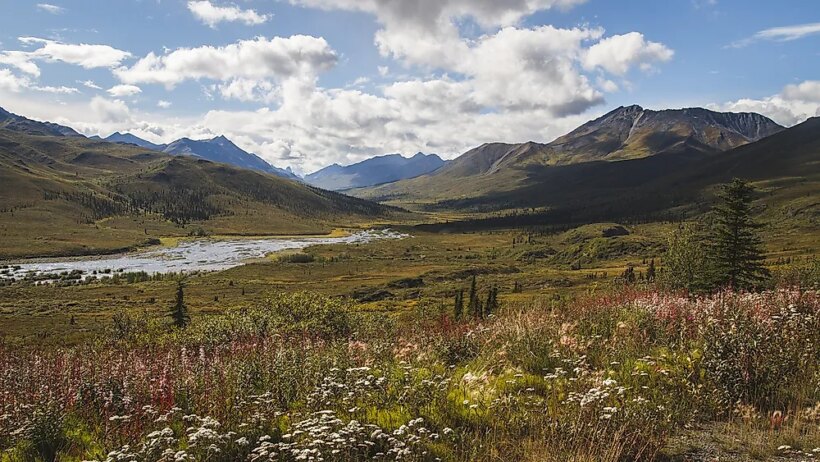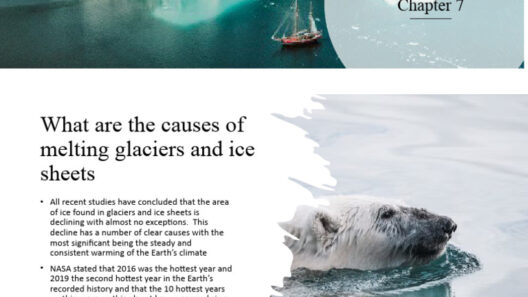When contemplating the vast expanse of China’s diverse regions, many might envision the temperate climates of the East or the arid deserts of the West. However, nestled in the northern realms of this vast nation lies a largely unacknowledged treasure of climatic diversity: the subarctic climate. This unique climatic zone, characterized by its own set of meteorological quirks, offers a distinctive perspective on ecological and environmental dynamics. What lies beyond the typical perceptions of northern China’s climate? The answer may surprise you.
The subarctic climate, often typified by long, harsh winters and short, cool summers, is seldom regarded in discussions about Chinese geography and climatology. Yet, as global climate patterns shift, it becomes increasingly vital to explore how these changes impact regions previously overlooked. For Northern China, the subarctic climate is not just a backdrop; it shapes the very essence of life and culture.
First, let us delve into the fundamental characteristics of a subarctic climate. This climatic zone, found in the higher latitudes, predominantly features an extensive range of temperature variations. Winters can plunge into the depths of extreme cold, while summer temperatures hover just above freezing. Different from the milder maritime climate, subarctic regions witness snowfall that accumulates over months, creating a stark contrast between the seasons. This seasonal dichotomy influences not only landscape aesthetics but also biodiversity, as flora and fauna must adapt to the chilly embrace of winter. Thus, understanding the subarctic climate provides insight into the survival strategies of organisms that thrive against the odds.
Furthermore, the geographical manifestations of this climate in Northern China can lead to fascinating anthropological explorations. Local populations, historically marginalized in broader discourses, have developed unique cultural practices tailored to their environments. For instance, the indigenous groups residing in these northern zones cultivate a lifestyle deeply intertwined with their climatic realities, practicing traditional hunting and seasonal gathering. Their knowledge is invaluable; it reflects centuries of observation and adaptation to climatic idiosyncrasies. This culmination of human endeavor against nature’s challenges invites a deeper appreciation for the rich tapestry of life in the subarctic regions.
Yet, as we gaze upon these resilient ecosystems, we cannot ignore the macro-scale consequences of climate change. The subarctic in Northern China, much like other arctic and subarctic zones worldwide, is experiencing unprecedented transformations. The warming climate has resulted in shifting precipitation patterns, where snow may give way to rain and long-established cold periods shorten. Such alterations raise urgent questions about what the future holds for these ecosystems and their inhabitants. As the climate warms, one might ponder: how does urban development intersect with these changes? Can traditional lifestyles coexist with modernization in an increasingly volatile climatic scenario?
Urbanization in Northern China poses significant challenges for the delicate balance within subarctic climates. Increasing populations in cities like Harbin and Hohhot bring industrialization and infrastructural development, which directly impacts local ecosystems. The demand for resources and land utilization has led to habitat destruction, thereby threatening biodiversity. This destructive cycle invites a critical examination of our priorities: is economic growth worth the potential loss of a unique ecological heritage? The answer should be unequivocal: sustainability must transcend short-term gains to preserve long-term ecological integrity.
Moreover, the phenomenon of permafrost melting in Northern China stands as a stark testament to the urgency of climate action. As the Earth warms, this frozen ground begins to thaw, releasing carbon dioxide and methane — potent greenhouse gases that further exacerbate global warming. The ramifications of permafrost thaw extend beyond borders, interlinking the fate of Northern China with global climate systems. Thus, it is imperative to shift our understanding not merely to local or regional concerns but to a holistic view of environmental stewardship.
Furthermore, climate education plays a pivotal role in reshaping the narrative surrounding subarctic climates. By promoting awareness about the unique challenges that Northern China’s subarctic environment faces, we can cultivate a new generation of environmental advocates. Educational initiatives that emphasize the importance of climate literacy are essential for fostering a sense of responsibility toward these fragile ecosystems. To merely overlook the subarctic climate is to neglect a crucial part of Earth’s climatic diversity.
In conclusion, the subarctic climate of Northern China encompasses more than just a geographical descriptor; it is a complex interplay of natural forces, cultural narratives, and environmental challenges. It beckons us to broaden our perspectives and cultivate a curiosity about the richness that lies in often-overlooked climates. As the world continues to grapple with the consequences of climate change, embracing an understanding of the intricate ballet between humanity and environmental phenomena becomes paramount. In fostering a deeper respect for these differences, we pave the way for innovative solutions that honor both the richness of cultural diversity and the imperatives of environmental preservation.
The future of Northern China’s subarctic climate hinges upon our collective awareness and action. Are we prepared to embrace this pivotal moment in climatic understanding? The potential repercussions are monumental — the integrity of cultures, ecosystems, and ultimately, our planet hangs in the balance. This narrative will continue to evolve, echoing the call for sustained engagement and a shift toward greater ecological awareness.






